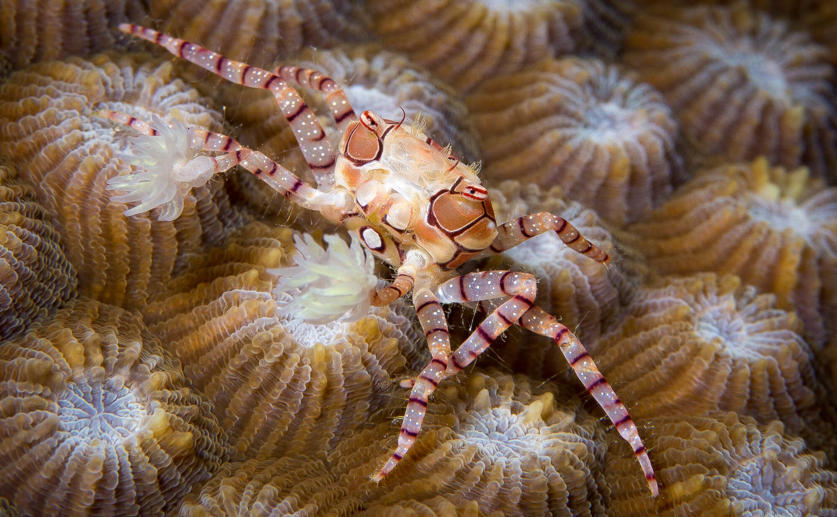
This archived news article is over 5 years old.
Researchers Solve the Mystery of How Pom-Pom Crabs Acquire Their Anemone Weapons
Joanna Lawrence
31st January, 2017


Joanna Lawrence
31st January, 2017
